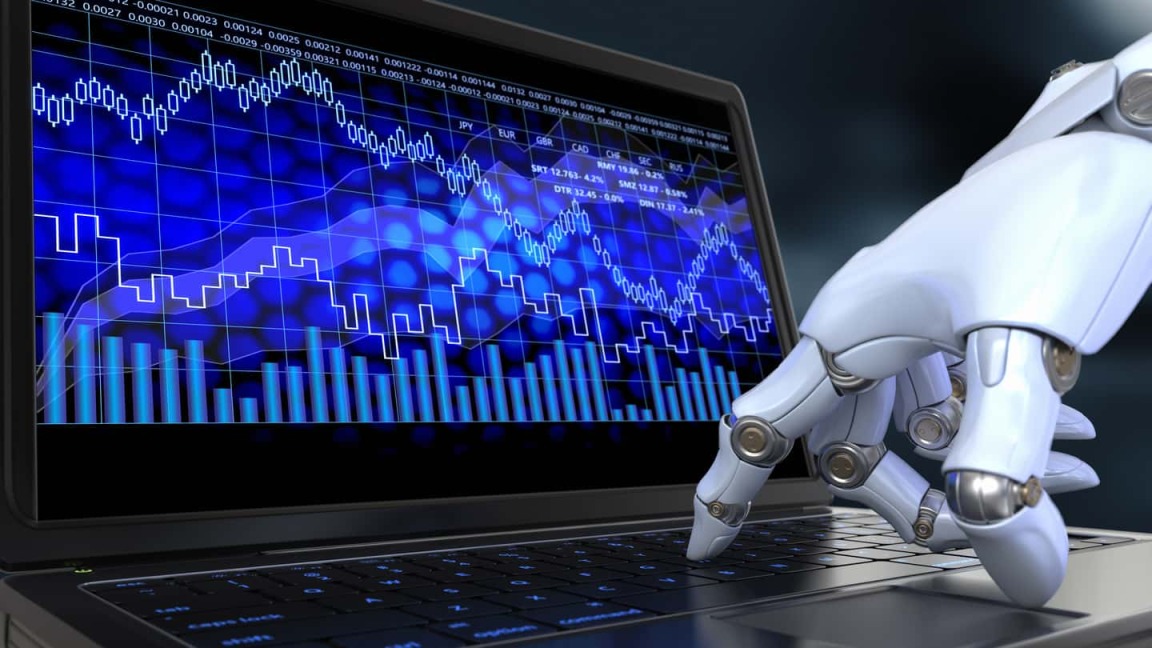
AutoTrading is a combination of the words Auto (meaning automatic) and Trade (meaning to trade), and essentially refers to the automation of trading. It involves programming a trading strategy and converting it into a robot that executes trades without the need for direct human intervention. The main goal of this method is to eliminate the need for constant monitoring of charts and prevent human emotions from affecting trading decisions. However, when the process of analysis, comparison of market data, and optimization of systems for improvement becomes relevant, the need for Algorithmic Trading arises.
An algorithm is a set of clearly defined instructions to complete a task or process. Unlike AutoTrading, Algorithmic Trading does not just focus on automating a trading strategy. This field involves data analysis, designing complex models, optimizing strategies, and utilizing artificial intelligence to compare or analyze data based on results and optimizations. These optimizations are variable and flexible, reflecting the behavior of financial markets.
This is where an efficient system with diverse complexities is needed. Based on a core strategy, an algorithm is created that, through programming, becomes a robot and executes comprehensive management, including financial management, risk management, active trade management, and capital management in a fully automated manner.
What is the difference between Algorithmic Trading and AutoTrading?
What is AutoTrading?
Advantages of Algorithmic Trading
The speed provided by Algo Trading is one of its most important advantages. Algorithms can instantly analyze various parameters and technical indicators and execute trades. This increased speed becomes crucial when traders can rely on the fully automated processes of robots to observe price fluctuations as soon as they occur and take advantage of even the smallest market changes.

One of the major advantages of algorithmic trading is the absence of human interactions, emotions, and psychological biases. This results in a significant reduction in the likelihood of errors. Furthermore, algorithms are continuously monitored to ensure that human mistakes do not affect their performance. Algorithms operate based on pre-defined rules and are not influenced by emotions such as FOMO (Fear of Missing Out) or greed. As a result, the risk of emotional decision-making is eliminated from the trading process.
Maximum Precision in Trade Execution

Algorithmic transactions, by providing a fully automated system, create an opportunity for traders to execute multiple trades immediately or simultaneously while maintaining accuracy and speed. The likelihood of generating higher profits increases with more trades. Thanks to innovation, along with efficient financial management and risk management, transactions can now be executed at much higher speeds.
Capacity for Fast Trade Execution

To avoid excessive losses, traders must ensure they identify which components of their trading system are flawed and quickly develop solutions. With algorithmic trading, traders can review their trades using historical data and compare them with recent data. This method is accelerated with the help of artificial intelligence, allowing a comprehensive system to compare results from current market conditions with past conditions, optimizing the components of the trading system.
Backtesting Capability (Evaluating the Robot's Past Performance in the Market)

The DIAS robots are exclusively designed, optimized, and deployed for the major indices of various markets, as these major indices offer the following unique advantages:
- Higher liquidity and market depth
- Higher leverage availability
- Lower and more rational volatility
- Easier to analyze and more stable
- Lower risk in panic conditions
- Faster order filling
- More traders
- More exchanges
- Transparent financial information
- Lower spreads and transaction fees
- Lower swap and funding rates







